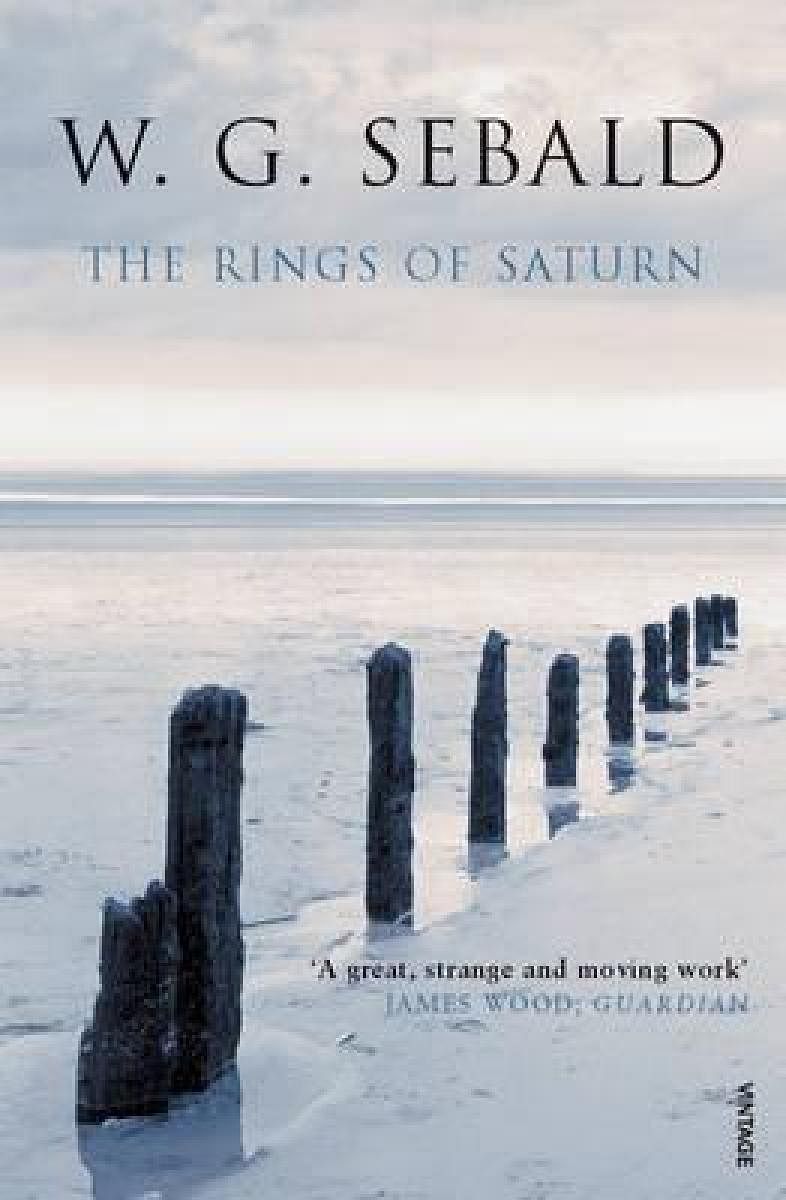
Almost a year to the day after W G Sebald had begun a walking tour around Suffolk county in England, he was hospitalised in Norwich “in a state of almost total immobility”. It was there, in the hospital, that he began writing what would eventually become The Rings of Saturn.
The book, which was written originally in German and published in 1995, isn’t easy to classify. Yes, it’s ostensibly about the author journeying through the East Anglian landscape, but it’s also a journey into the historical past of the area and Sebald’s own memories.
You know you’re reading a book unlike any other from the first section itself where Sebald talks about his hospital confinement, his eventual release and then digresses into the life and work of Thomas Browne. Browne was a doctor who’d practiced in Norwich in the 17th century and had also attended the actual anatomy lesson by Dr Nicholas Tulp that was painted by Rembrandt and which now hangs in the Mauritshuis. Oh, and Browne’s skull, which was apparently kept in the Norfolk Hospital museum, had gone missing at the time Sebald was enquiring for more information about this pioneering doctor.
The richness of Sebald’s writing seems to seep into the reader’s blood as he wanders through the past and present of a region that had become his home after he settled permanently in England in 1970. He was born in the Bavarian Alps in 1944 and he studied German language and literature in Freiburg, Switzerland and Manchester. At the University of East Anglia, he taught modern German literature and was a renowned author, acclaimed as one of the greatest living writers at the time of his sudden death in 2001. Silence and memory are themes that run through Sebald’s work — he believed that: “Memory, even if you repress it, will come back at you and it will shape your life.”
As a writer of German descent, whose own father had been part of Hitler’s army invading Poland in 1939, Sebald wrote in the long shadow of the Holocaust. In The Rings of Saturn, Sebald maybe walking on quintessential English roads, but the history he recounts is not always pastoral and genteel. Violence tinges it — whether by the force of nature and the way waves shape the coast or wars that sank shipping fleets off Lowestoft, because they happen to carry the flag of another nation. One of the most moving passages comes towards the end of the book where Sebald describes the destruction of elm trees that succumbed to viral infection in the late 1970s and the calamitous hurricane that destroyed the remaining trees in his own garden.
Plenty of learned minds have written dry, academic post-war narratives of Europe. But, rare
has been the book that has captured the emotional impact of that time as well as its historical weight. The Rings of Saturn may be the only book we’ll ever get that comes closest to doing so.
The author is a Bangalore-based writer and communications professional with many published short stories and essays to her credit.
That One Book is a fortnightly column that does exactly what it says — takes up one great classic and tells you why it is (still) great. Come, raid the bookshelves with us.